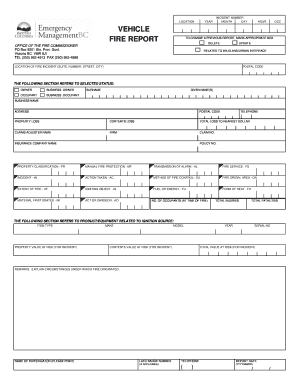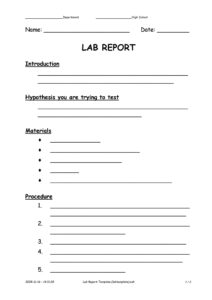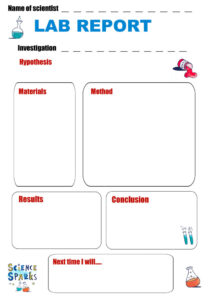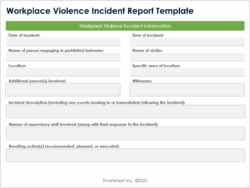When a vehicle goes up in flames, it’s more than just a damaged asset; it’s often a complex puzzle with potential safety implications, insurance claims, and sometimes even criminal investigations. Unraveling the mystery of how and why a fire started requires meticulous attention to detail, scientific understanding, and a structured approach to documentation. This is where a robust investigation process becomes paramount, ensuring that every piece of information is captured accurately and comprehensively.
The aftermath of a vehicle fire can be chaotic, with evidence quickly deteriorating or being obscured. Investigators face the challenge of sifting through charred remains, interviewing witnesses, and analyzing potential ignition sources. Without a clear framework, vital information might be overlooked, leading to incomplete or inaccurate conclusions. This can have significant repercussions, from denied insurance claims to unresolved legal disputes, and even missed opportunities to identify manufacturing defects or recurring safety issues.

That’s precisely why having a well-defined structure for documenting these incidents is not just helpful, but essential. A standardized approach ensures consistency across different investigations, making it easier to compare findings, identify trends, and provide clear, defensible reports. This article will delve into the critical components of such a structure, exploring what makes an effective vehicle fire investigation report template and why its adoption can significantly enhance the efficiency and reliability of every investigation.
The Anatomy of a Comprehensive Vehicle Fire Investigation Report
A truly effective report doesn’t just list observations; it tells a complete story, grounded in factual data and expert analysis. It serves as a single source of truth for all stakeholders, from law enforcement and insurance adjusters to manufacturers and legal teams. Building such a document requires a methodical process, starting from the initial scene assessment all the way through to the final determination of origin and cause. The goal is to present information in a logical, easy-to-understand format that supports the investigator’s conclusions.
The foundation of any good report lies in its ability to systematically capture every relevant piece of information. This includes details about the vehicle itself, the environment in which the fire occurred, and the sequence of events leading up to and during the fire. Think of it as building a case brick by brick, where each observation and piece of evidence adds to the overall picture. Disorganized notes or missing information can quickly undermine the credibility of the entire investigation.
Essential Sections to Include
A comprehensive vehicle fire investigation report template should guide the investigator through all necessary data points. From administrative details to technical findings, each section plays a crucial role in piecing together the incident. A typical report will often begin with basic information and progressively move into more detailed technical analysis. Let’s look at some key areas that should always be present:
- Vehicle Identification and Owner Details
- Incident Date, Time, and Location
- Investigator Information
- Weather and Environmental Conditions
- Scene Description and Initial Observations
- Fire Damage Assessment and Burn Patterns
- Evidence Collection and Chain of Custody
- Witness Statements and Interviews
- Analysis of Origin and Cause
- Supporting Documentation (Photos, Diagrams)
- Conclusion and Recommendations
For instance, the initial pages should establish the who, what, when, and where. This includes the date, time, and location of the fire, identification of the investigator, and detailed information about the vehicle involved, such as its make, model, year, VIN, and owner. This administrative data provides the essential context for everything that follows. Without this foundational information, the report lacks its basic identifier and reference points.
Beyond the administrative, the report delves into the specifics of the fire itself. This involves a thorough description of the scene conditions, including weather, surrounding environment, and any immediate observations of the fire’s behavior. Critical elements like the extent of fire damage, burn patterns, and observations of smoke or flame characteristics are meticulously documented. Evidence collection is another vital component, detailing what evidence was found, where it was located, how it was collected, and its chain of custody. Finally, the analysis section synthesizes all the gathered data to determine the fire’s origin and cause, concluding with a summary of findings and any contributing factors.
Why a Standardized Template Makes a Difference
Adopting a consistent vehicle fire investigation report template offers significant advantages that extend far beyond simply organizing information. One of its primary benefits is the promotion of uniformity and professionalism across all investigations. When every report follows the same structure and asks for the same data points, it ensures that no critical detail is accidentally omitted, regardless of the individual investigator conducting the work. This consistency is invaluable for quality control and for maintaining a high standard of investigative practice.
Moreover, a standardized template greatly enhances efficiency. Investigators can spend less time figuring out what information to record and more time actually conducting the investigation. It streamlines the reporting process, making it quicker and easier to compile comprehensive documents. This efficiency is particularly beneficial in high-volume situations or when multiple agencies are involved, as it facilitates seamless communication and data sharing. Imagine the time saved when everyone speaks the same investigative language.
Finally, the long-term benefits of using a consistent framework are immense. It facilitates better data analysis over time, allowing organizations to identify trends, common causes, or recurring safety issues across numerous incidents. This aggregated data can be instrumental in developing preventive measures, improving vehicle safety standards, and even informing public awareness campaigns. Furthermore, such reports hold up better under scrutiny in legal and insurance contexts, providing clear, defensible evidence that stands up to review.
The systematic approach provided by a well-designed reporting structure empowers investigators to conduct more thorough, accurate, and defensible analyses of vehicle fires. It transforms a potentially overwhelming task into a manageable process, ensuring that every crucial detail is accounted for and presented in a clear, logical manner. This commitment to detailed and standardized reporting not only aids individual investigations but also contributes significantly to broader safety knowledge and prevention efforts.
Ultimately, by leveraging a robust framework for documenting fire incidents, investigators and their organizations can ensure that every inquiry yields the most reliable and actionable insights. This dedication to comprehensive reporting not only supports immediate resolution of incidents but also fosters a continuous cycle of learning and improvement in vehicle safety, benefiting everyone on the road.



